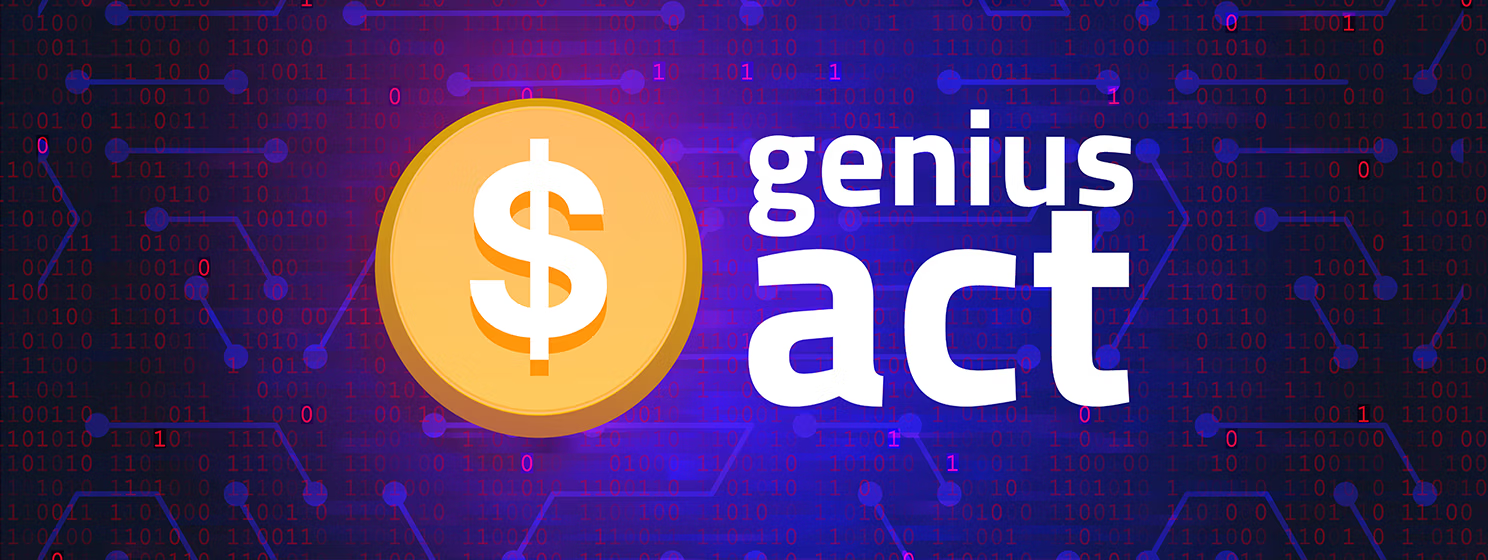|
Getting your Trinity Audio player ready...
|
Stablecoins have garnered steam in recent months, and Brazil’s largest commercial bank has signaled an intention to roll out its version in the near future.
According to a report, Itaú is considering a stablecoin launch to mirror the moves of its international counterparts in the U.S. Itaú’s Head of Digital Assets, Guto Antunes, revealed that the Brazilian bank’s decision to proceed with a stablecoin depends on the central bank.
Antunes disclosed in an interview that apart from playing catchup with its international peers, the bank has identified several upsides associated with stablecoins. The prospect of atomic settlement using blockchain technology is at the top of the list for the Brazilian bank.
“The issue of stablecoins has always been on Itau’s radar,” said Antunes. “We cannot ignore the power that blockchain has to settle transactions atomically.”
While Itaú cannot proceed with a full rollout, the bank is reportedly experimenting with its version of a stablecoin pending a green light from the central bank. Antunes said the commercial bank is exploring its clients’ stablecoin needs, mulling over the choice of a USD or reais-backed stablecoin.
“We are always open to understanding for our client whether it makes sense to have a stablecoin, even one in reais, within Itau,” added Antunes.
Brazil’s central bank is proceeding with a public consultation for stablecoins, serving as the precursor for robust regulation for the asset class.
Already, there appears to be early friction between Itau’s stablecoin direction and Brazilian financial regulators. Antunes revealed support for the self-custody of stablecoins, but chatter from insiders says that the central bank will prohibit the offering.
The commercial bank has participated in Brazil’s wholesale central bank digital currency (CBDC) while dabbling in blockchain solutions for payment. Itau will not be the first Brazilian bank to release a stablecoin, with BTG Pactual rolling out a USD-based stablecoin in 2023.
Stablecoin activity see explosive growth
Over the last month, stablecoin activity has soared with the U.S. driving metrics of engagement. President Donald Trump has revealed plans to use stablecoins to maintain the U.S. dollar’s dominance, sparking a frenzy among issuers.
New stablecoin regulation is on the horizon, with both GENIUS and STABLE Acts passing the Committee stage and proceeding to a full House vote. Outside the U.S., Nigeria has launched its first local stablecoin, while Dubai has approved USDC and EURC to operate in the Dubai International Financial Center (DIFC).
Brazil’s central bank set to rollout BNPL feature for Pix
Banco Central do Brasil (BCB) has disclosed its plans to launch installment payments for its real-time payment platform Pix.
The Brazilian central bank will roll out a feature that closely resembles Buy Now, Pay Later (BNPL) solutions at the tail end of Q3 of 2025. Per the report, a tentative launch date in September is plausible for the BCB.The feature, dubbed Pix Parcelado, will allow consumers to make purchases without paying full prices upfront. Under the incoming feature, Pix users can split payments across a timeline, which the central bank says will increase Pix transaction volumes.
Since Pix launched in 2020, the real-time payment platform has quickly become famous among the industry’s first movers. The new feature is expected to sweep Pix’s closest competitor, credit and debit cards while improving usage metrics.
Notably, central bank officials reveal the plan to target Pix use for high-end consumer goods.
“The feature has the potential to boost Pix usage in retail for higher-value purchases, benefiting those without access to traditional credit options,” said the central bank.
Traditionally, paying in installments is a deep-seated consumer behavior among Brazilians. Per the report, merchants will receive the full value of their goods and services at the point of sale, while consumers will have the liberty to select a suitable repayment plan.
The BCB’s statement did not reveal clear technical details, but pundits believe that the feature may integrate blockchain or smart contracts for payment automation.
Furthermore, the BCB revealed the proposed rollout for Pix receivables to operate as collateral for loans. Scheduled for rollout in 2026, the feature will allow long-term users with significant volumes to use their receivables for collaterals, offering lower borrowing costs.
In early 2025, Pix launched an automated recurring payment feature for users, which the BCB says will trigger $30 billion in transaction volume for the platform.
Digital payments on the rise
Brazil’s Pix is not the only digital payment platform recording impressive figures. Several digital payment platforms are setting the pace in their respective jurisdictions, with a report tipping the global digital payment market to soar to $3 trillion before 2029.
Credit cards are leading the pack, but digital wallets will contribute to a large portion of the industry’s growth. Instant payments with Web3 solutions are expected to be key drivers as CBDCs are ready for mainstream acceptance.
Watch Spotlight On: Centi Franc—the truly stable stablecoin

 12-30-2025
12-30-2025 




